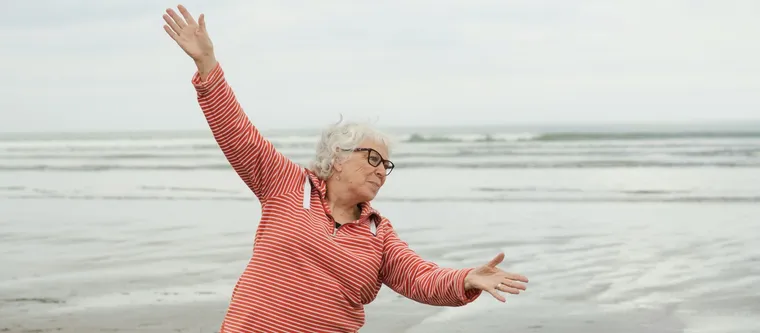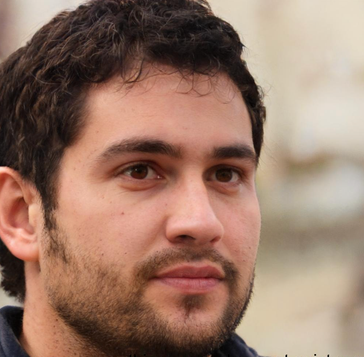Combining posture correction, targeted stretching, and gentle strengthening exercises can significantly reduce pain and improve function in older adults.
Causes of Back and Neck Pain in Seniors
Age-related wear and tear are common culprits behind spinal discomfort:
- Degeneration of spinal discs and joints, along with spinal stenosis and spondylolisthesis, lead to chronic back pain.
- Neck pain often stems from osteoarthritis, cervical disc changes, and poor posture.
Simple Exercises to Ease Pain
Lower Back Relief
- Knee-to-chest stretch, bridge pose, and pelvic tilts improve strength and flexibility.
- Strategic movement, including walking, gentle stretching, and core work, helps reduce chronic pain and restore mobility.
Neck and Upper Back
- Stretch and strengthen with shoulder rolls, upward/downward head tilts, and upper back stretches to ease stiffness and tension.
- Chair yoga (e.g., seated cat-cow, side stretches) offers a safe, low-impact way to loosen tension and improve posture.
Treatment Options for Back and Neck Pain Relief
- Physical therapy – builds strength and improves posture.
- Pain medications (NSAIDs or acetaminophen) – relieve discomfort.
- Heat and cold therapy – reduces inflammation and muscle tension.
- Supportive devices – braces or cushions for posture support.
Alternative Methods to Reduce Discomfort
- Acupuncture – may help with chronic neck and back pain.
- Massage therapy – relaxes tight muscles and promotes circulation.
- Yoga and tai chi – gentle, low-impact ways to build flexibility and reduce stiffness.
- Mind-body techniques (meditation, deep breathing) – proven to lower pain perception.
When to See a Doctor
Seek medical care if pain:
- Persists or worsens
- Radiates to arms/legs
- Comes with numbness, weakness, or bladder/bowel issues
Conclusion
Back and neck pain is a common part of aging, but it doesn't have to limit daily life. With regular stretching, treatment options, and alternative therapies, seniors can stay active and independent while reducing discomfort.
References
- Penn Medicine – Treatment plans for back and neck pain Penn Medicine
- Real Simple – Yoga poses that relieve lower back tension Real Simple
- AARP – Lower back pain exercises guide AARP
- Penn Rehab (Good Shepherd Penn) – Spine care & physical therapy GSPP Rehabilitation

